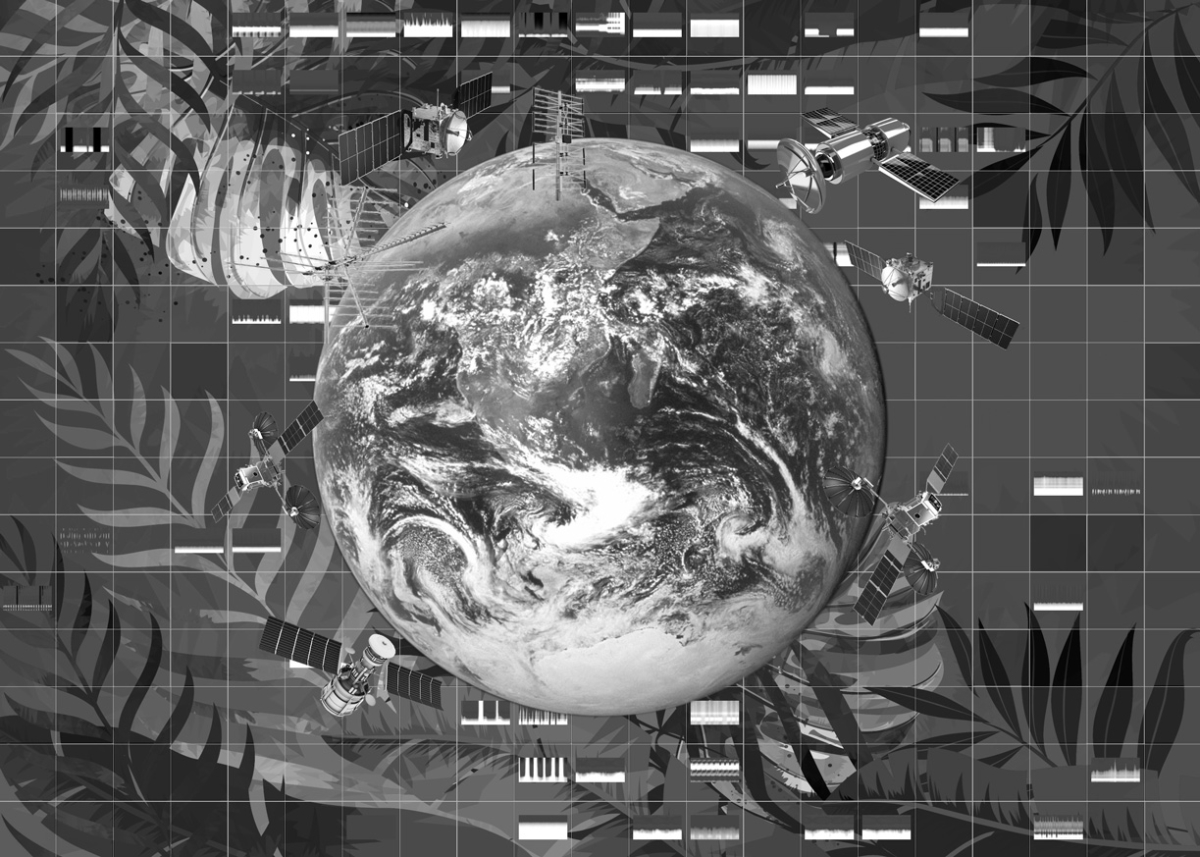With an interest in difference, or similarity, between the way people and machines perform intuitive pattern recognition, the Radio Explorations project proposes visual systems that enable intentional and intuitive exploration of digital information. Concrete manifestations of radio are organized into data observatories, using an unsupervised machine learning algorithm, self-organizing map (SOM) to lay out the ground. A data observatory gives access to this organisation, while always filtering the data according to a specific interest, and intention to ask a specific question. Could we identify a signal based on its similarity to other, known signals? Which signals sound the most like birds or like hip-hop?
In addition to exploring effective ways to organise digital data, the project problematizes what is sometimes referred to as ‘digital literacy’, namely how computation and networks work and what we can learn with them. This practice of experimenting with machine learning algorithms challenges instrumental categorizations of technical artefacts, such as radio signals. Inspired by the feminist critique of technoscience, the project outputs propose to become skilled in using these advanced computational techniques differently, as one possible mode of resistance.
